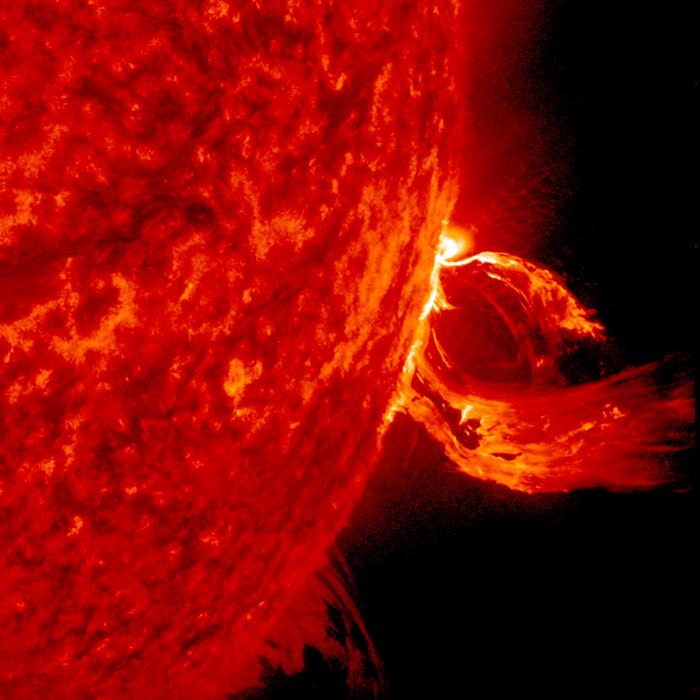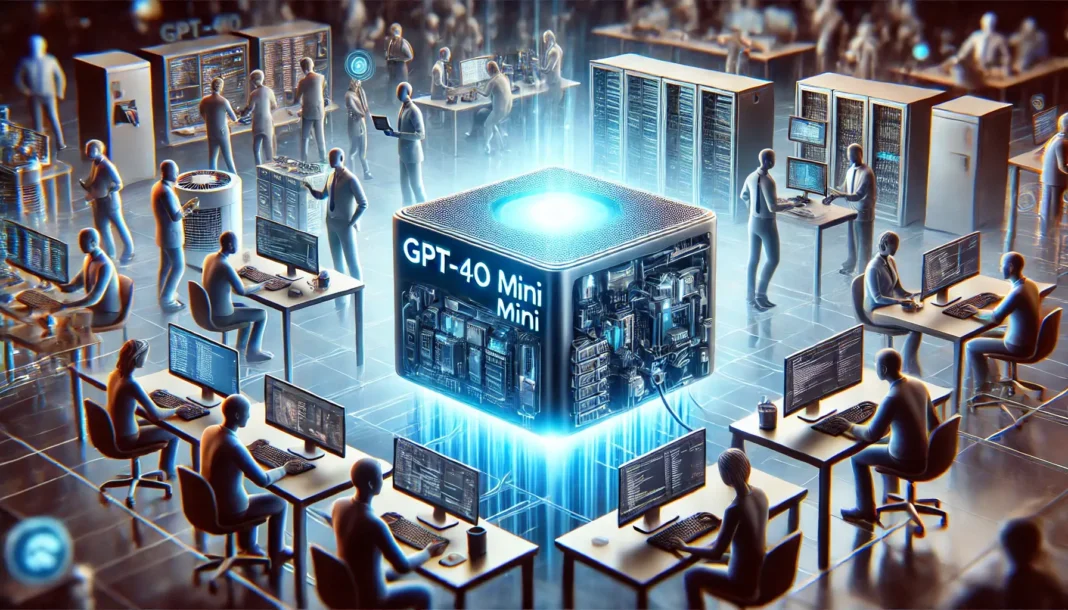Space storm forecasting is on the brink of a transformative breakthrough, enhancing our ability to accurately predict solar eruptions and their impacts on Earth. Researchers have made significant strides in determining the exact speed and arrival time of coronal mass ejections (CMEs) even before they fully erupt from the Sun.
CMEs, massive bursts of gas and magnetic fields from the solar atmosphere, pose a serious risk to technology both in orbit and on Earth. These solar storms can disrupt satellites, power grids, and communications, making reliable forecasts crucial. Recent advancements could greatly improve our defenses against these potentially devastating events.
A study led by solar physicist Harshita Gandhi at Aberystwyth University, presented at the Royal Astronomical Society’s National Astronomy Meeting, highlights critical findings in this area. The team focused on the Sun’s ‘Active Regions,’ zones with intense magnetic activity where CMEs originate. By analyzing these regions before, during, and after eruptions, they identified a ‘critical height’ at which the magnetic field destabilizes, leading to a CME.

This critical height helps determine the true three-dimensional speed of a CME, essential for accurate predictions. Gandhi notes, “Our method allows us to predict the CME’s speed and arrival time on Earth with unprecedented accuracy, providing better preparation and protection for our technological infrastructure.”
As CMEs reach Earth, they can also trigger geomagnetic storms capable of producing stunning auroras, commonly known as the Northern Lights. However, the main focus remains on mitigating their more disruptive effects.
This research not only advances our understanding of the Sun’s behavior but also significantly enhances our forecasting capabilities, ensuring better protection for the vital systems that underpin modern life.
- Royal Astronomical Society (www.ras.org.uk)
- Aberystwyth University (www.aber.ac.uk)











